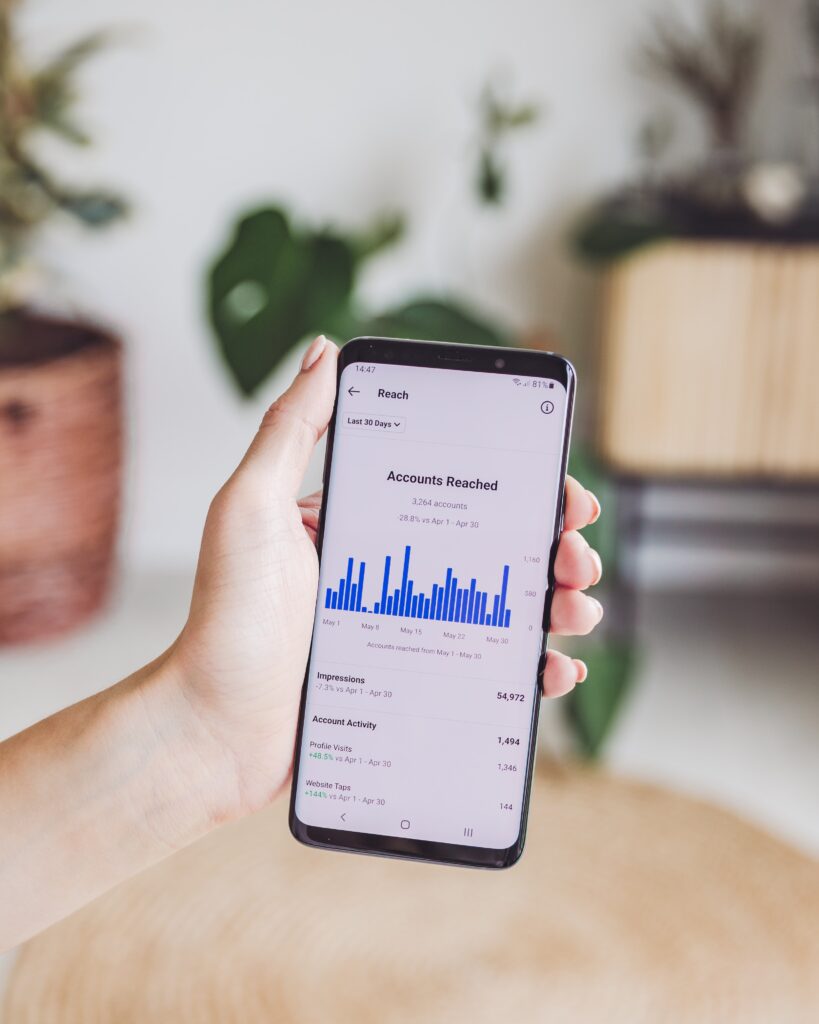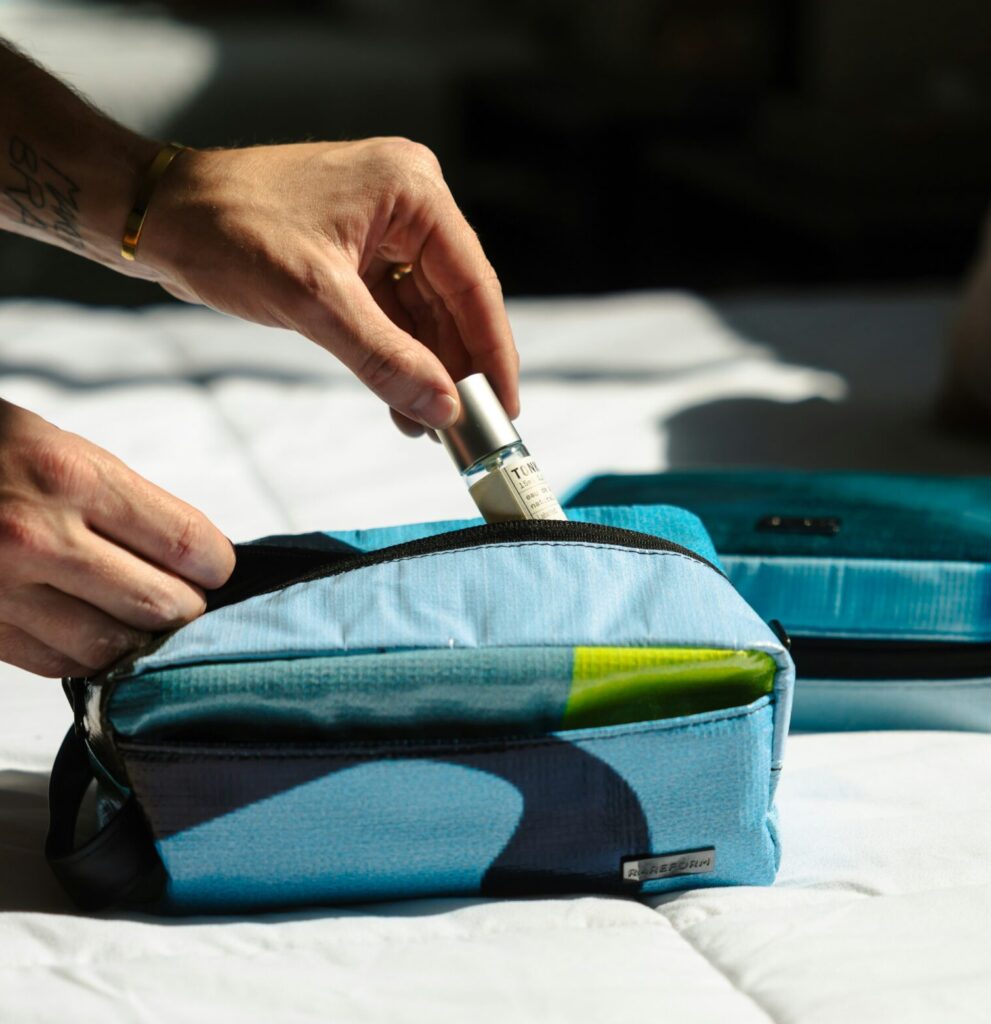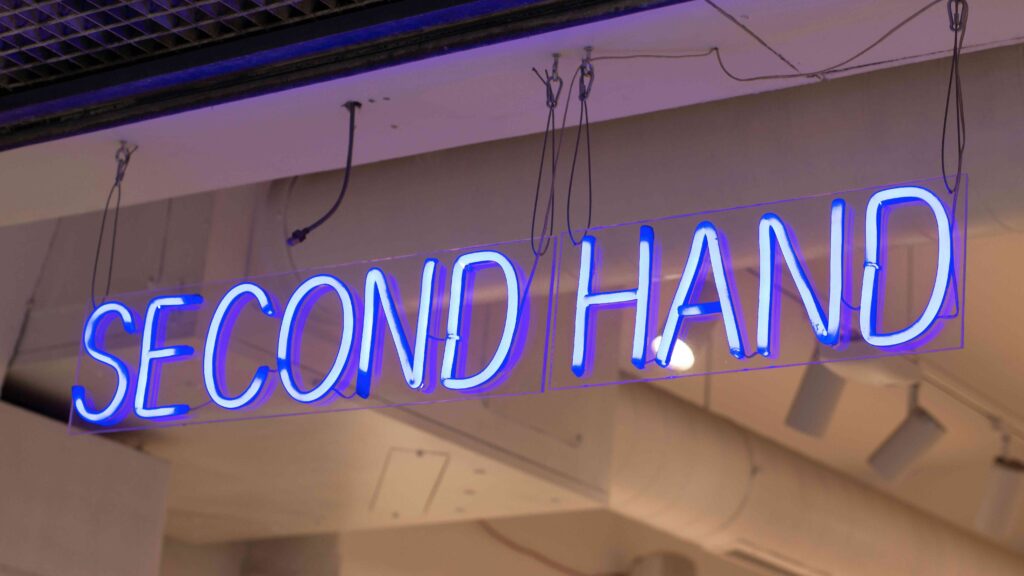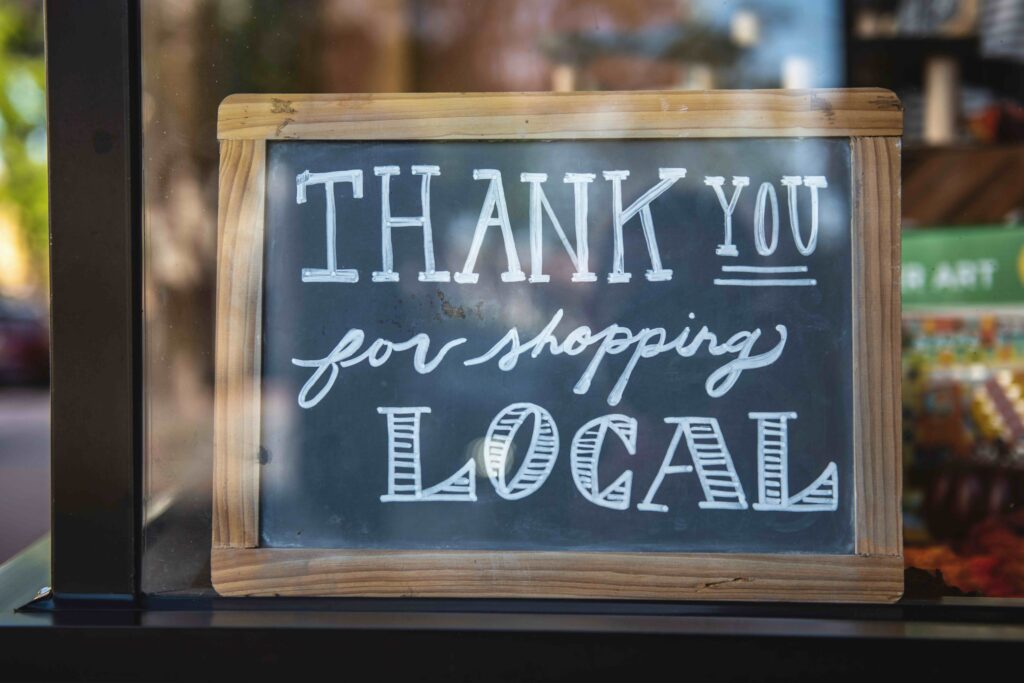Posts by Katie West
Those mini toiletries are facing a European ban
We are probably all guilty of taking toiletries (at least once 😉) from your favourite hotel after your stay but that all could be coming to an end – at least in Europe. The European Commission is introducing a new scheme to possibly ban the use of miniature toiletries in hotels as part of new rules on packaging and waste across the European Union.
“Packaging is one of the main users of virgin materials as 40% of plastics and 50% of paper used in the EU is destined for packaging,” a report from the European Commission about the ban states. “Without action, the EU would see a further 19% increase in packaging waste by 2030, and for plastic packaging waste even a 46% increase.”
Guests will have to provide their own or use a refillable alternative if provided by the hotel. A small price to pay, if you think about the grand scale of these small and hard to reuse, plastic packaging products.
Do you think we should jump on this initiative here in Aotearoa?
The importance of PR in a fragmented media landscape
In today’s world of hyper-connectedness, PR is fast becoming more important than ever. Consumers are looking online, asking questions and looking to their favs and trusted sources to learn before experiencing for themselves. Print has also evolved to create content for their online platforms all so we can experience and identify where our purchasing dollar will go.
How does a company measure PR? This has been a question asked of so many PR professionals. We talk about ROI outcomes and placement, recommendations and endorsements. Add in that the PR repertoire has evolved with a range of services and expertise from media management, content creation, event management and social media management all adding to brand affinity, long term conversation, brand trust and building influence.
PR outcomes and ‘hits’ aren’t guaranteed, when do they do happen they add to brand affinity. What about the harder to measure outcomes:
Building relationships and trust with media and consumers. PR professionals are the link between a brand and media, building their knowledge and understanding as well as what is unique. They know what media are working on and the trends they are following and how they can support their efforts through a client’s knowledge and products. Building relationships and affinity is not ‘selling’ instead it is finding a way a brand can be of service.
All brands is most categories have competitors and many have multiple competitors, by keeping your brand in the media, it can detract the attention away from competitors. Media mentions, placement, editorial inclusion, social media mentions all add up – are your competitors as proactive?
Building relationships and keeping competitors out of the spotlight, building influence, knowledge and relationships are not easy to place a defined value or ROI, on but today and in the future they can be essential. As a brand, what value can you place on brand knowledge and relationships?
As the owner, founder or manager you are the most visible representative of your business, and by default become the spokesperson managing your own public relations. However, if you have a project or campaign that requires more dedicated hours and higher profile, additional PR support can be invaluable. Assisting to refine messaging, create content, not to mention additional media contacts and outreach are xxxx. A PR professional can provide placement and endorsements through to building longer term relationships and trust with media.
Add in that the PR repertoire has evolved with a range of services and expertise help with content creation, event management, and social media support that all add to brand affinity.






